My dad was fuming. I had just told him that I had decided to go vegetarian. “You can cook your own dinners from now on!” he growled.
I was 18 years old, and had never really questioned the food that I ate, never consciously considered my diet before or thought about changing it in any kind of drastic way. I was both aware and unaware of the processes that brought meals to my plate, food to my fork.
That was slowly changing.
I had read a few books that summer, Omnivore’s Dilemma by Michael Pollan and Eating Animals by Jonathan Safran Foer among them, and for the first time I began to really think about the impact of my food choices on the world. I read more and found myself sitting in silence for long moments afterwards. I had lived nearly my entire life in Iowa, in the midst of industrial agriculture and livestock production, and yet I had really never paid attention to what was going on around me. The more I investigated, the more I decided that it was time to make a radical change.
I said goodbye to meat.
It was not that I had never contemplated, on a very basic level, the fact that meat came from a living creature. It was not that I had never witnessed or experienced the death inherent to eating animals.
My dad would periodically go on turkey hunting expeditions and we’d endure the smell of gutted bird permeating through the kitchen in exchange for the promise of fresh jambalaya on the table that night.
I remember killing my first fish, or rather, watching my first fish be killed. Although perhaps less dramatic than killing many other animals, it was the first time that I had witnessed such violence. It was a moment of profound understanding: the internalization of death, and of viewing myself as part of a larger food chain.
We were in Alaska, fishing for salmon on a little fishing boat, when I felt a tug on my line. It took a long time, me reeling the fish in the best that I could, while my dad and his friend shouted encouragement. At last we finally landed it. I remember being shocked by how beautiful it was, even flapping around in the bottom of an old boat. The sun hit its scales and made rainbows out of them.
I asked for help to throw it back in but my dad stopped me. “Are you serious? No Anne we’re eating this. It’s your first salmon!”. I didn’t want to kill it. But I didn’t say anything.
They bludgeoned it while I watched. I stared at the blood pooling at the bottom of the boat, slowly mixing with salt water, and tried to understand what I was feeling at that moment. When we cut open the salmon’s belly, I could see that it was full of golden eggs.
I took a piece of the salmon that night to eat. But I don’t think I finished it.
It was never that I didn’t know that meat came from animals. I most certainly did. And I abhorred the violence of it. I felt sickened watching an animal being killed. I didn’t want to take part in filleting fish or defeathering birds. I continued to eat meat after watching that fish die, and did so by way of forgetting, over and over again. By disconnecting the word “meat” from the word “animal”.
Although I became quite adept at doing this, at accepting the euphemism “meat” and ignoring the harsher realities involved with the food on my plate, there were other things that I could not so easily ignore.
As I began to investigate the larger meat industry in America, I began to realize that although I knew that my burger had in fact once been a moving, breathing cow, and that I was ingesting a product of violence, I did not truly know anything about the details of how that animal was born or lived or died. As I read more, I grappled with the ethics of industrial meat production, but also (and even more shocking for me to discover) the serious environmental consequences associated with a diet that included meat. What I was choosing to eat was not only affecting particular animals, it was also impacting the world in which I lived in much bigger ways.
Rapid human population growth and a burgeoning love affair with meat do not bode well for the planet. While the number of individuals on this planet continues to grow, the size of our world is decidedly limited. To continue to feed ourselves, we will have to consider ways to maximize energy efficiency and the amount that we receive from the sun. From a dietary perspective, this means eating from the bottom trophic levels. Each successive step up the food chain involves a significant loss of calories and biomass through respiration, locomotion, and heat (among other processes)[1]. Eating plants over animals allows us to improve conversion efficiency and to more directly tap into solar energy.
Unfortunately we are moving in the opposite direction. The United States alone produced 25.5 billion pounds of beef and 36.9 billion pounds of chicken[2] in the year 2013[3]. It’s astounding how much meat we are eating.
American meat consumption has skyrocketed since the beginning of the 20th century, from 9.8 billion pounds a year in 1909 to 52.2 billion projected for the year 2012.[4] That’s a fivefold increase.
Why are we eating so much meat? There are likely a million answers and partial answers to this question, but much of it has to do with how accessible meat has become. We’ve figured out how to produce meat quickly and efficiently. We have industrialized meat production. We’ve industrialized the life cycle of animals. We’ve fit life and death into a factory model.
Unfortunately the industrialization of meat production is changing the world, and not in particularly savory ways.
Consider the center of the U.S. livestock industry: Condensed Animal Food Operations (or CAFOs). Cows, pigs, and chickens are crammed into small holding pens or individual cages. Fed corn, growth hormones, and even animal protein to fatten them up quickly, these animals can be slaughtered more quickly than ever before.
The problem is that keeping animals in such close proximity, and in the case of cows feeding them something (corn) that they are not evolutionarily designed to eat and that slowly destroys their rumens, generates the perfect environment for disease. To reduce this problem, animals are fed low dose antibiotics, and killed before their bodies begin to fail, or more often when their bodies begin to fail.
We are raising sick animals, while simultaneously increasing antibiotic resistance.
But this kind of production is cheap. At least ignoring the system’s negative externalities. And there are many.
The amount of manure produced by these operations astounds me. Livestock in the United States currently produce 133 million tons of manure per year (an amount 13 times greater than the solid waste produced by humans within in the country).[5] The majority of animal waste ends up in CAFO waste lagoons: poisonous waste ponds full of pathogens, pharmaceuticals and high levels of elements such as nitrogen and phosphorous. According to a study produced by the National Institute of Environmental Health Science, “generally accepted livestock waste management practices do not adequately or effectively protect water resources from contamination”[6]. CAFO waste seeps into groundwater, and when applied to farm fields, runs off into river and streams, contributing to massive eutrophication events in places like the Gulf of Mexico.
While a lot of interest has been paid to the methane produced by cows, meat is contributing to climate change in other ways as well. Entire swaths of land around the world are deforested every day to make room for livestock grazing and agricultural production of animal feed[7]. Long-term overuse of land contributes to erosion and desertification, as well as loss of habitat and diminished biodiversity. The more and more space we make for ranching, the less room we leave for the wild things, and the less diversity we see in our ecosystems. Our love affair with beef is causing a mass extinction event.[8]
The environmental impacts of industrialized meat production are not limited to land animals either. Our oceans are nearly at the brink of collapse. If current fishing rates continue, scientists predict that we will have destroyed every fisheries by the year 2048[9]. Commercial fishing methods rake up the ocean floor, capturing species indiscriminately and leaving insufficient time for populations to recover.
Fish farms aren’t much better. Although they may reduce the demand for wild stocks to some extent, they rely on the industrial production of fish feed to raise their product. The ingredients of fish feed often include corn, produced through industrial processes in vast monoculture fields (leading to biodiversity and species loss, and pesticide and nutrient poisoning). Fish feed also usually incorporates fish oil and fish meal from wild fish (in fact it takes at least half a metric ton of wild fish to produce a metric ton of farmed fish)[10]. Potential fish food alternatives, according to the National Oceanic and Atmospheric Administration, include “ waste from bio-energy and bio-plastic production and fish processing waste”. Hmmm.
The general system of fish farming itself even raises huge pollution concerns, as fish farms concentrate excess food, feces and antibiotics.[11]
Humans have demonstrated over and over again poor stewardship of the land and water. It is beginning to look like animal consumption may be one of our biggest failings.
I looked at a quarter-pound hamburger differently after realizing that it required 6.7 pounds of grains and forage, 53.8 gallons of water, 74.5 square feet for grazing purposes and livestock feed cultivation, and 1,036 Btus for feed production and transport.[12] Meat production, including the feed, feed inputs (antibiotics, hormones, etc.), chemical and waste handling, slaughter, transport, and processing is an incredibly energy- and water-intensive process. Eating meat in this way involves huge amounts of energy and water, energy and water that our world is running out of.
I think that people are designed to eat meat. At least I think that we certainly evolved doing it. I believe that our omnivore capabilities even perhaps contributed to our success as a species.
But we are eating more meat than ever before, and relying on utterly unsustainable methods to do it. And the fact is, we don’t need to eat meat.
So I quit.
I quit four years ago. And I still feel good. Really good, actually.
I’ve realized that I don’t need animal protein to stay strong. I can rely on plants and nuts and grains to get me all the nutrients I needed, to remain an athlete, to run long distances and to have more than enough energy for the day. I began taking a B-12 vitamin after I became vegan this past year. Besides that, I just focus on eating a varied diet.
Becoming vegetarian has forced me to try new things, to look to cultures that have long involved minimum meat consumption. It has encouraged me to find new recipes and to learn to enjoy cooking.
Over time I have slowly taken the time to consider and form my own ethical and moral rational for not eating meat. I now decline to eat anything that I could not kill myself, which I’ve come to realize is, well, everything. But I do not expect others to share this opinion, or to hold themselves to this philosophy. And my rejection of the violence inherent to meat eating was not even what ultimately brought me to vegetarianism, and later to veganism. What brought me to this state of meatlessness, was in fact simply our earth.
Learning about the industrial food system shocked me into action. I could try in my mind to justify killing the salmon, or my father killing pheasants. It was not realizing that animals were being killed to produce meat that pushed me to give all of it up, it was understanding the ways in which the majority of animals are being killed systematically, in huge numbers, without reverence and without caution regarding its impact. It was realizing the ways in which millions of animals are being bred, raised, transported, and fed. It was learning about the ways in which the mass production, killing, and consumption of animals is affecting the environment, and our future on this planet.
Things have to change.
The separation of animals and plant production into CAFOs and monoculture agricultural production models has, according to my personal favorite Wendell Berry, “taken a solution and divided it neatly into two problems.” Ranches and cornfields are replacing swamps and forests. Ocean ecosystems are being utterly ripped apart. We are seeing alarming numbers of sick people, and increasing rates of pesticide use, water pollution, antibiotic resistance and species loss.
Unfortunately the situation is not simple. Agricultural and livestock corporations have a lot of political sway in this country. Pervading cultural beliefs regarding meat (such as we need it at every meal) are difficult to overcome. There are also huge problems involving food inequity, economic disparity, land access, climate change and water shortages that make it difficult (or maybe even impossible) to find simple or broad-based solutions that work everywhere, and for everyone.
But I think that it is definitely time to begin to tap into local power. It is time to begin doing what we can, with what we have. To stop waiting for economic reform, improved food system regulations, fishing quotas, EPA crackdowns on CAFO pollution, and more. Because unfortunately these types of changes will take money, and more importantly, time.
But we can begin to recreate communities around the sustainable production of food. To relearn organic principles, and look for ways in which agricultural systems can be designed to mimic natural ecosystems, and so mitigate environmental damage. We can begin to grow our own food. To find spaces for green. To eat seasonally. To choose to eat less meat, or choose not to eat it at all.
We change the world every day.
Eating, or choosing to not eat something, can be a political act. An ethical one. A financial one. A social action. An environmental stance.
It is time to consider what this will be. It is time to stand up.
[1] http://www.eoearth.org/view/article/171874/
[2] http://www.ers.usda.gov/topics/animal-products/poultry-eggs/statistics-information.aspx
[3] http://www.ers.usda.gov/topics/animal-products/cattle-beef/statistics-information.aspx
[4] http://www.npr.org/blogs/thesalt/2012/06/27/155527365/visualizing-a-nation-of-meat-eaters
[5] http://www.ncbi.nlm.nih.gov/pmc/articles/PMC1817674/
[6] http://www.ncbi.nlm.nih.gov/pmc/articles/PMC1817674/
[7] http://wbi.worldbank.org/developmentmarketplace/idea/reducing-impacts-ranching-biodiversity
[8] http://www.takeextinctionoffyourplate.com/
[9] http://www.sciencemag.org/content/314/5800/787.full
[10] http://www.nmfs.noaa.gov/aquaculture/faqs/faq_feeds.html
[11] http://www.foodandwaterwatch.org/common-resources/fish/fish-farming/offshore/problems/
[12] http://www.npr.org/blogs/thesalt/2012/06/27/155527365/visualizing-a-nation-of-meat-eaters


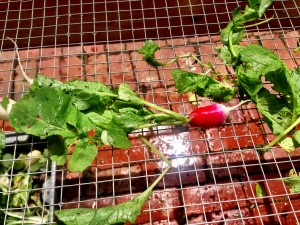

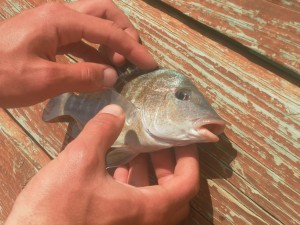
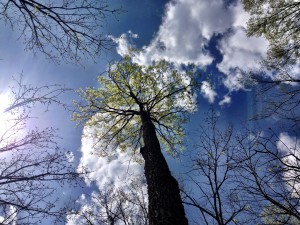

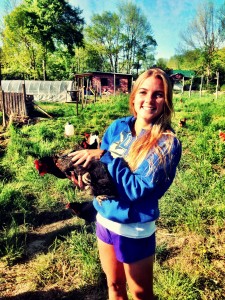
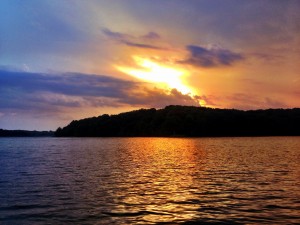
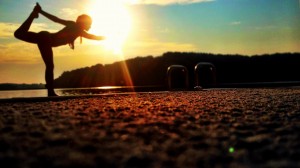
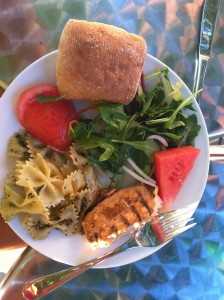
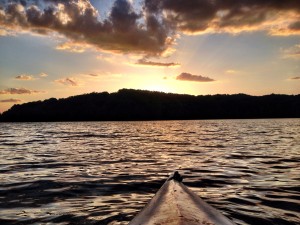
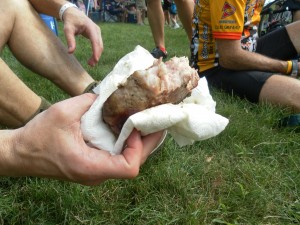
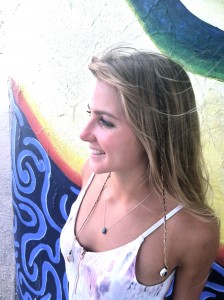
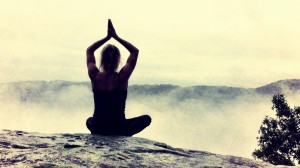
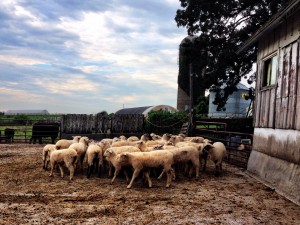


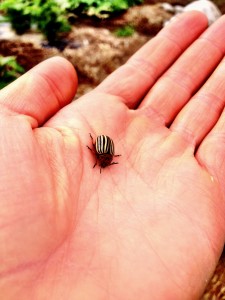
thank you for your inspiring story!